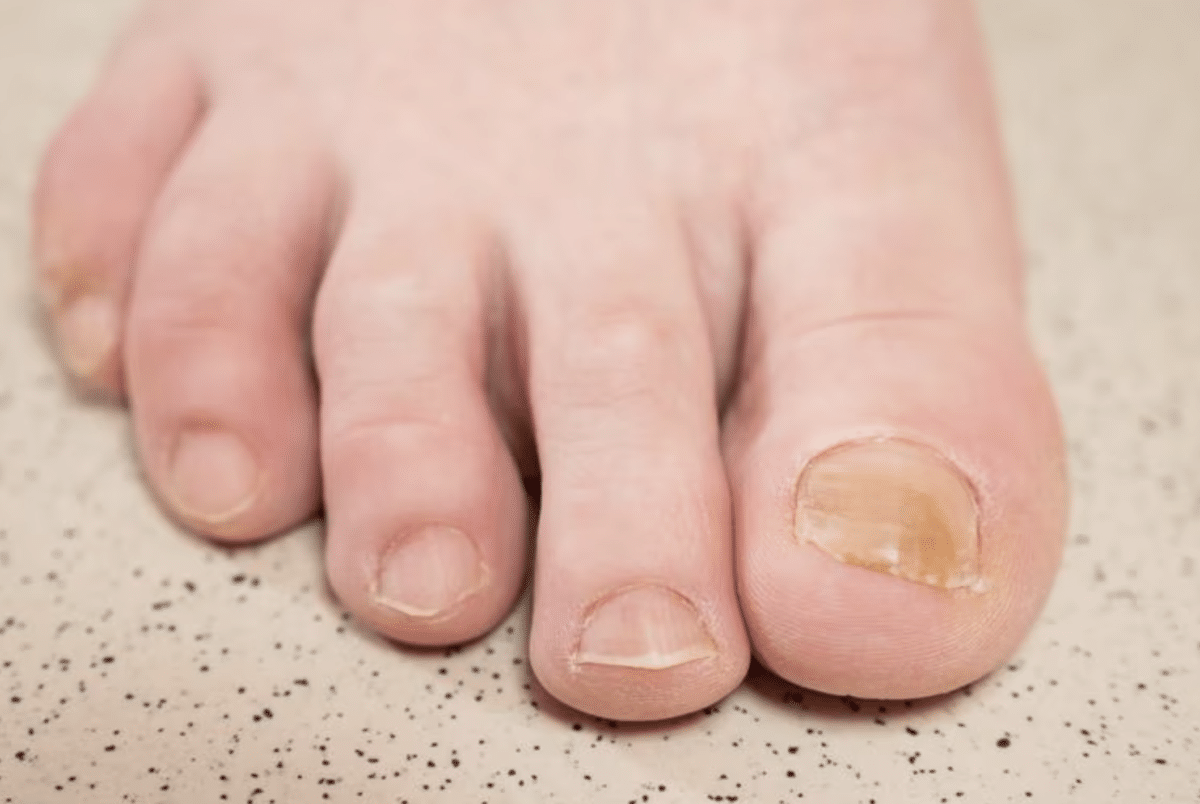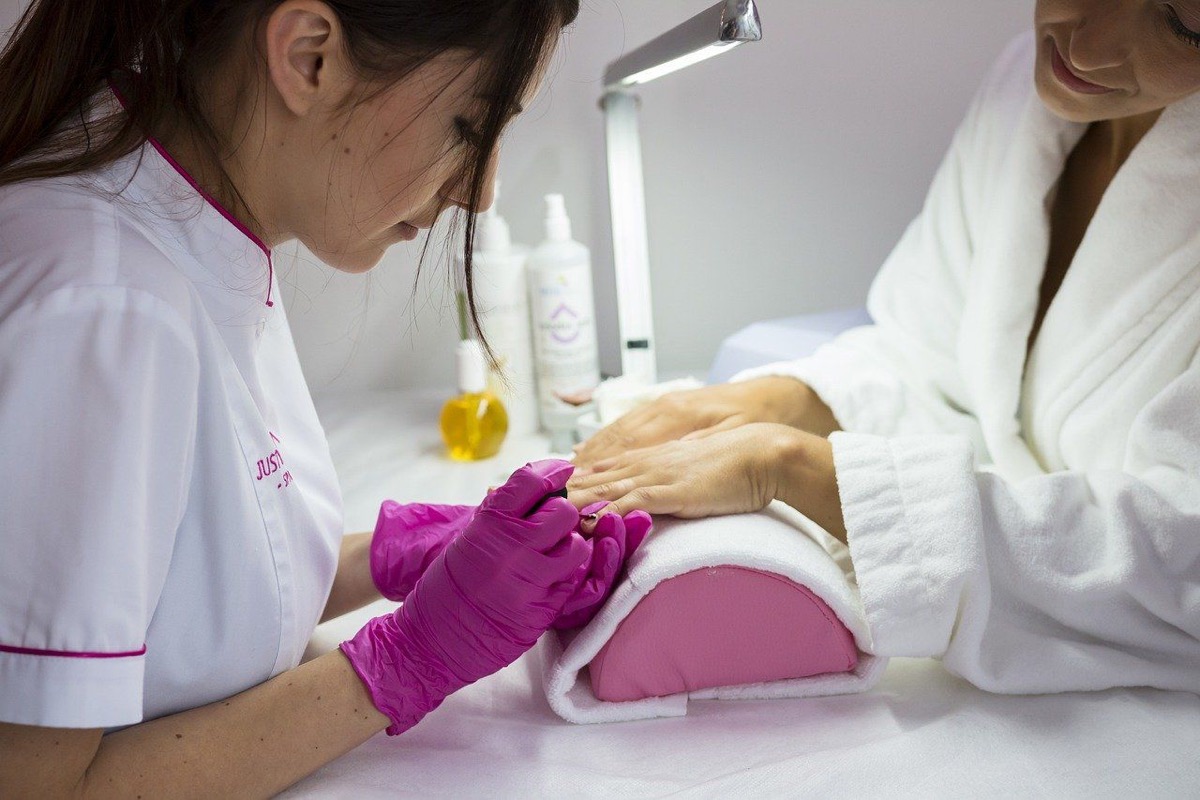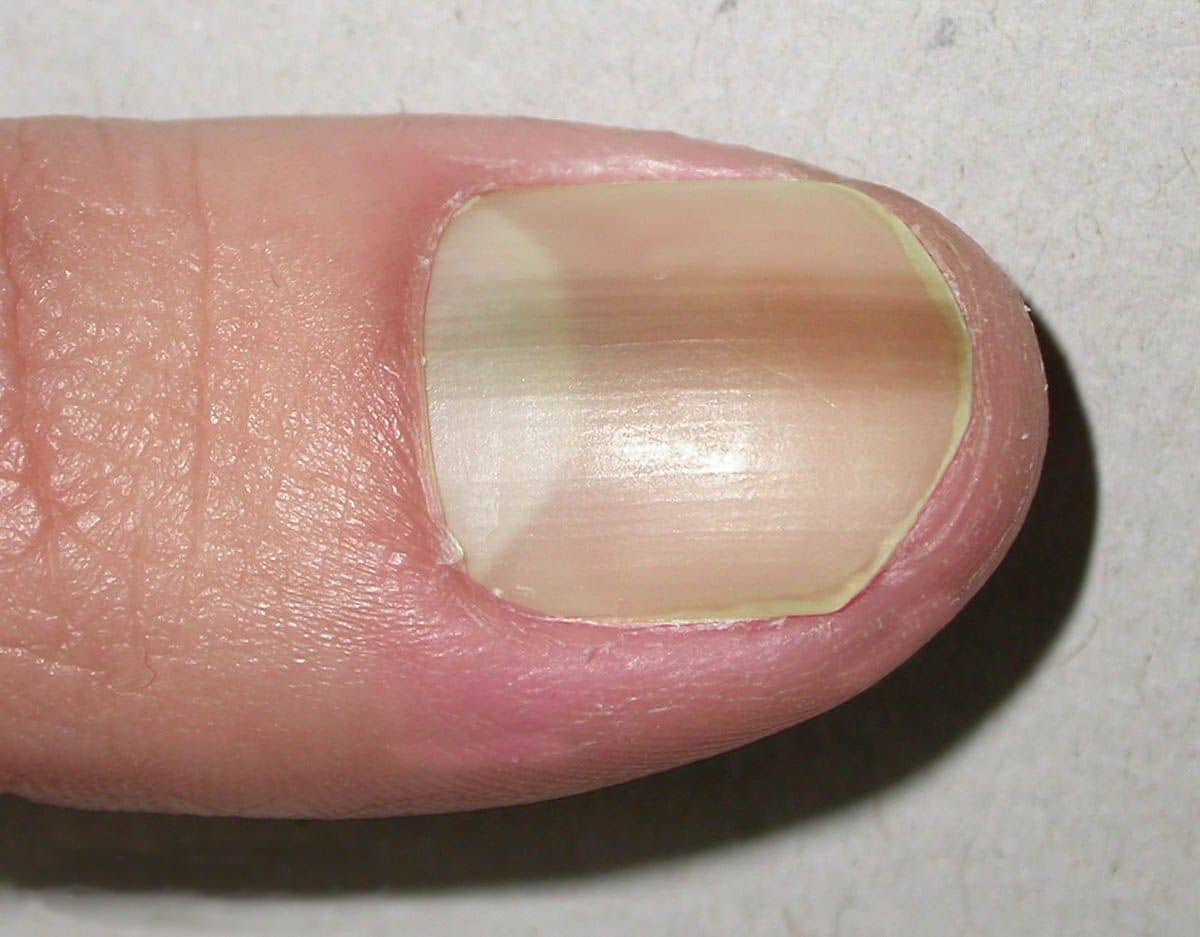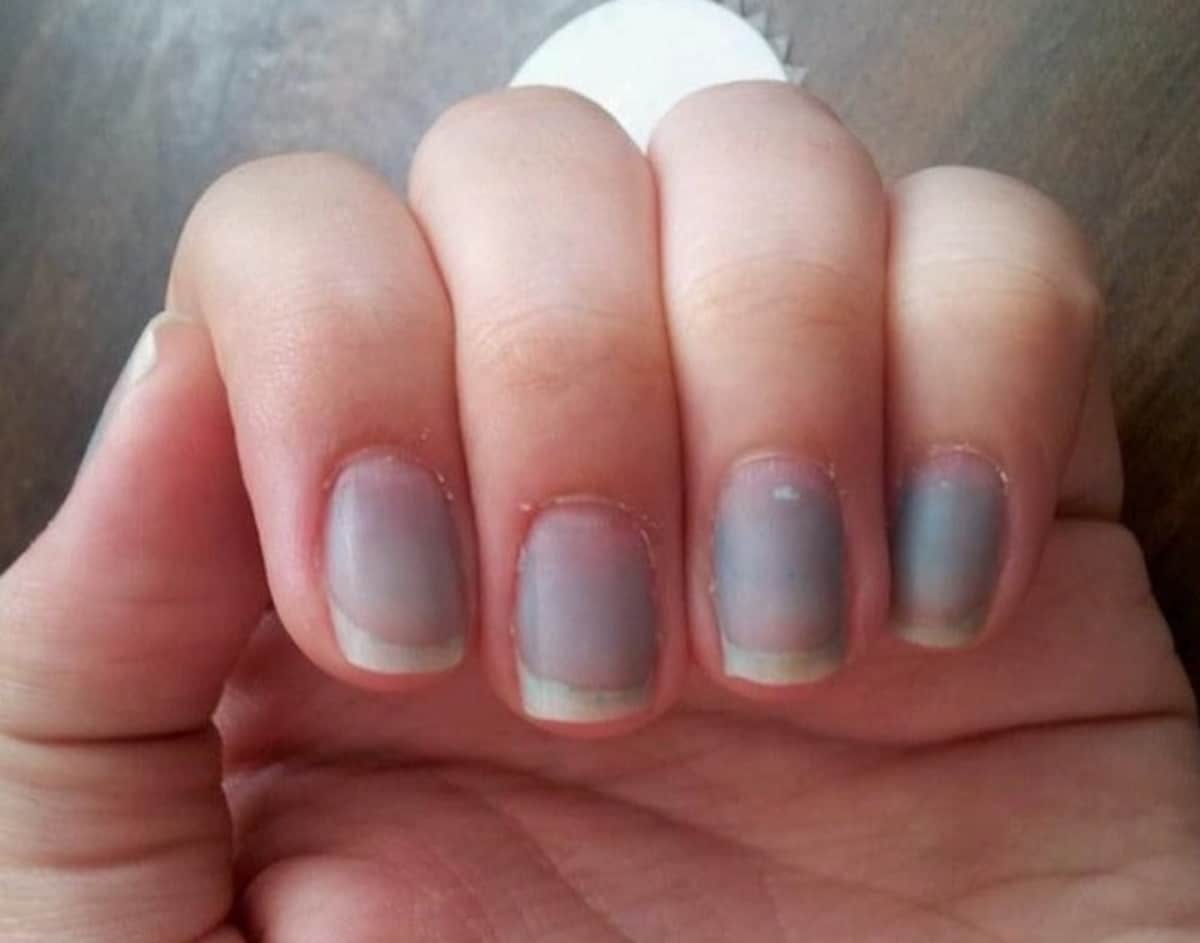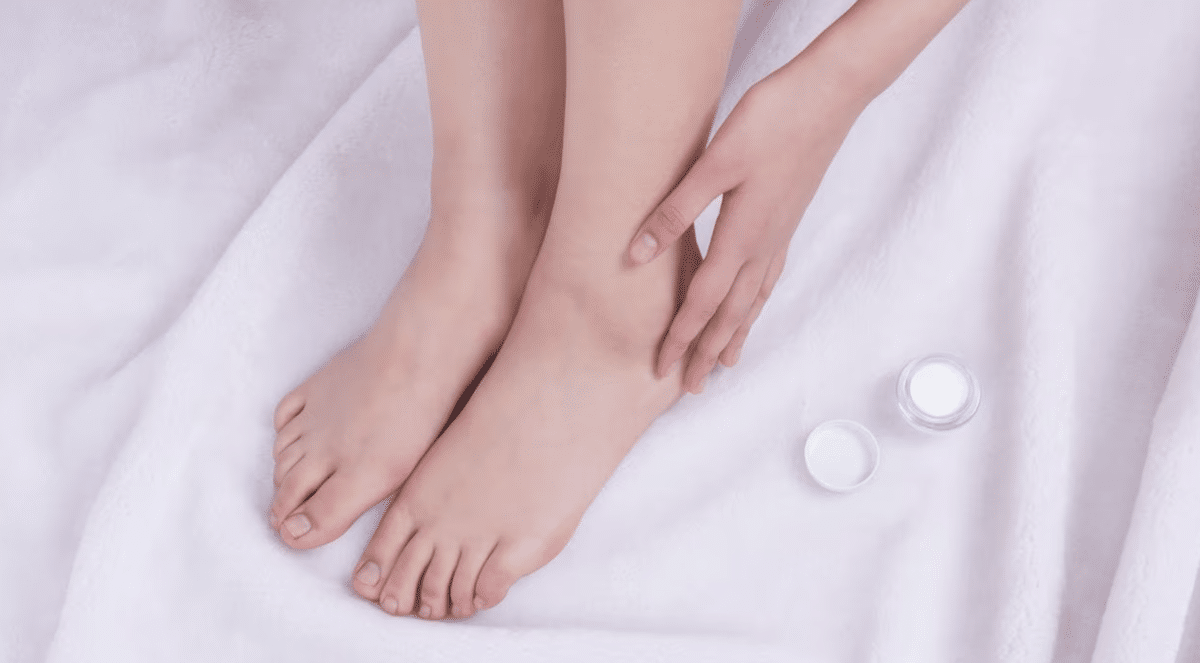
Chromonychia, also known as dyschromonychia, is a condition in which the nails present an abnormal change in color. While most people associate nails with a healthy pink appearance, chromonychia can cause them to take on unusual shades such as yellow, green, blue, black or even brown.
If it happens to you, it is normal for you to feel worried, since the nails are an important aspect of physical appearance and general health. That's why, We are going to explain everything related to this condition so you know more and can take better care of your nails.
Types of chromonychia
There are several types of chromonychia, each of which is associated with a different underlying cause. Next, We are going to talk about the most common types that exist so that in this way, you can identify what is happening to you, in the event that you have this condition.
leukonychia
In this case, the nails acquire a whitish hue. Leukonychia may be due to a lesion in the nail matrix, to a deficiency of calcium or zinc, to kidney or liver disease, or even exposure to harsh chemicals.
melanonychia
Melanonychia is characterized by the appearance of dark spots on the nails. These spots can be caused by genetic factors, trauma, fungal infections, or even certain medications.
xantonychia
In xantonychia, the nails take on a yellowish hue. This condition can be a consequence of smoking, frequent use of nail polishes, the presence of fungal infections or an underlying disease, such as psoriasis.
cyanonychia
Cyanonychia manifests itself when the nails turn blue in color. This condition may be related to a lack of oxygenation in the tissues, circulatory problems or chronic lung diseases.
Causes of chromonychia
Chromonychia can be caused by a variety of factors, including ranging from health problems to exposure to external agents. So that you can recognize what are the causes that have led you to this condition, keep reading.
Trauma
Blows or injuries to the nails can lead to the appearance of spots or color changes. These injuries can be the result of excessive pressure on the nails, such as when wearing tight shoes or accidentally bumping your toes.
Fungal infections
The fungi that infect the nails can cause changes in their coloration. These infections are more common in people who frequent humid environments, such as swimming pools or gyms, and usually appear as yellowish or brown spots on the nails. In addition to the color change, nails affected by a fungal infection can become brittle, brittle, and thick.
Systemic diseases
Some systemic diseases can have an impact on the coloration of the nails. For example, cirrhosis of the liver can cause a white discoloration of the nails due to decreased protein production. Likewise, conditions such as kidney failure, anemia or diabetes can contribute to changes in the appearance of the nails.
Medication use
Some medicines, such as antimalarials, antibiotics or medicines used in chemotherapy, They can affect the growth and coloration of the nails. It is important to inform your doctor about any changes in the appearance of your nails while you are under drug treatment.
Treatment and prevention of chromonychia
Treatment of chromonychia will depend on its underlying cause. In some cases, addressing the underlying condition or changing certain habits can help improve the appearance of your nails. We are going to talk about some measures that you can take into accountAlthough always, if you have any doubts, go to your doctor to guide you better depending on your personal characteristics.
Proper hygiene
Keep your nails clean and dry to prevent the buildup of bacteria and fungus. Avoid sharing manicure and pedicure utensils, as this can increase the risk of infections.
protection and care
Wear gloves when doing tasks that could damage your nails, such as cleaning with chemicals or gardening. Besides, Avoid biting or pulling your nails, as this can lead to injuries and changes in your appearance.
Medical treatment
If chromonychia is related to a fungal infection, you may need an antifungal treatment topical or systemic to clear the infection. In more serious cases, it may be necessary to perform surgical removal of the affected nail.
Nutritional supplements
If chromonychia is determined to be associated with nutritional deficiencies, your doctor may recommend mineral supplements such as calcium, zinc or iron to improve the health of your nails.
When to seek medical help?
If you notice significant changes in the color of your nails that do not disappear over time or are accompanied by other worrisome symptoms, it is important to see a doctor. It is important that you pay attention to some alarm signals so that you go to your doctor as soon as possible. Some of these signs are the following:
- Changes in the shape or texture of the nails, such as thickening, cracking, or deformities.
- Pain or sensitivity in the nails.
- Bleeding or discharge around the nails.
- Changes in the skin around the nails, such as redness, swelling, or the appearance of abscesses.
- Sudden appearance of multiple spots or color changes on multiple nails.
These symptoms may indicate the presence of an underlying condition more serious that requires appropriate medical evaluation and treatment.
Color changes in the nails and their relationship with health
In addition to the aforementioned chromonychia, it is important to note that nail color changes can be indicative of more serious health problems. Looking closely at your nails can give you clues about certain medical conditions. We are going to explain some of the most important ones.
Yellow nails
In addition to the aforementioned chromonychia, yellow nails can be a sign of liver diseases, such as hepatitis. In some cases, the yellow coloration may be due to a condition called syellow nail syndrome which can indicate respiratory problems, such as bronchiectasis or lymphedema.
Pale or white nails
Pale or white discoloration of the nails may be related to circulation problems, such as anemia or peripheral vascular disease. It can also be a sign of nutritional deficiencies, such as a lack of iron or vitamin B12.
Blue or purple nails
Blue or purple nails can be an indication of heart or lung problems. The bluish coloration, known as cyanosis, It may be due to a lack of oxygen in the blood. It is important to seek medical attention immediately if this color change is experienced.
Nails with dark streaks or spots
The sudden appearance of stretch marks Dark spots or spots on the nails, especially if they are asymmetrical or change in size or color, may be a sign of subungual melanoma, a type of skin cancer. If you notice this type of change in your nails, you should see a dermatologist. for a proper evaluation.
It is essential to take into account that color changes in the Nails they can be early signs of underlying disease and, in some cases, require immediate medical attention.
